“In my youth, I had a significant dream about the area of the Alta Amazonia,…
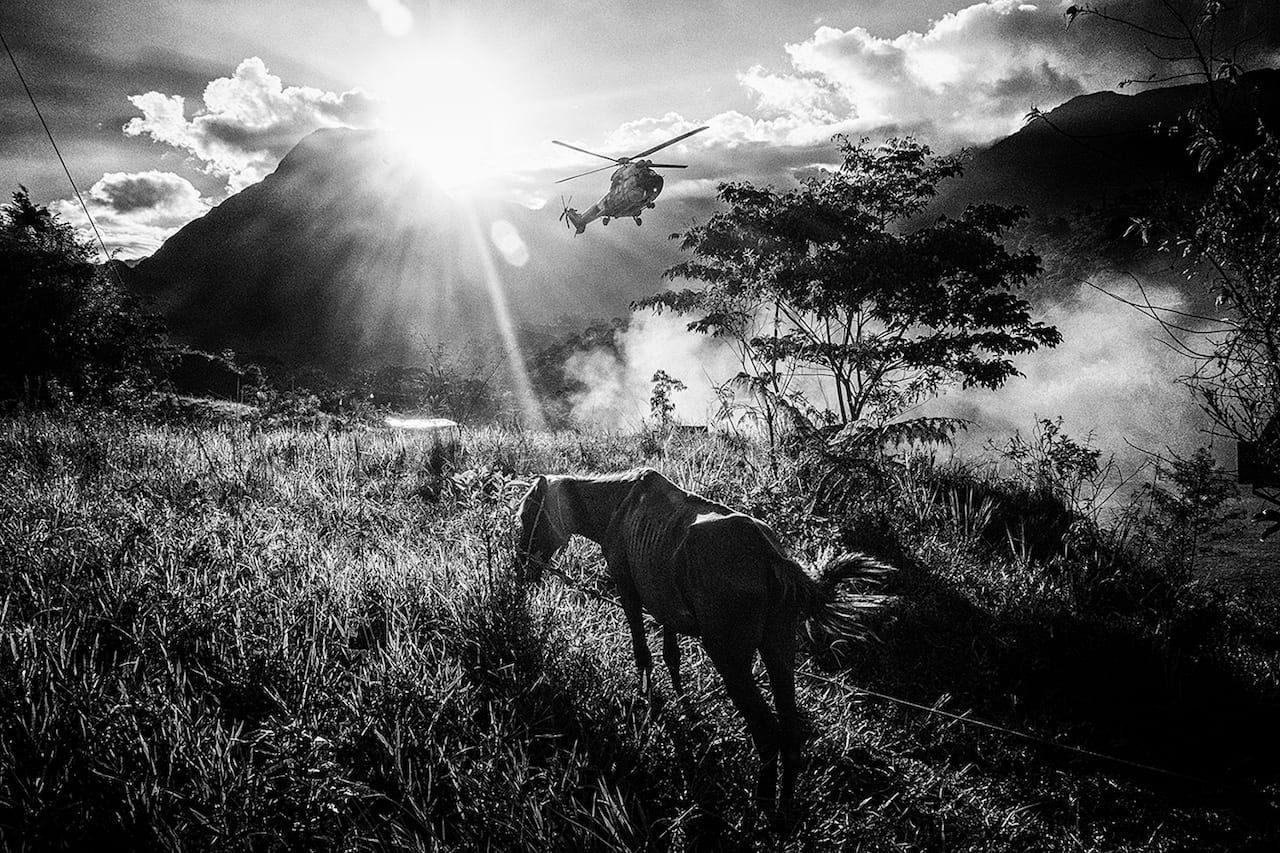
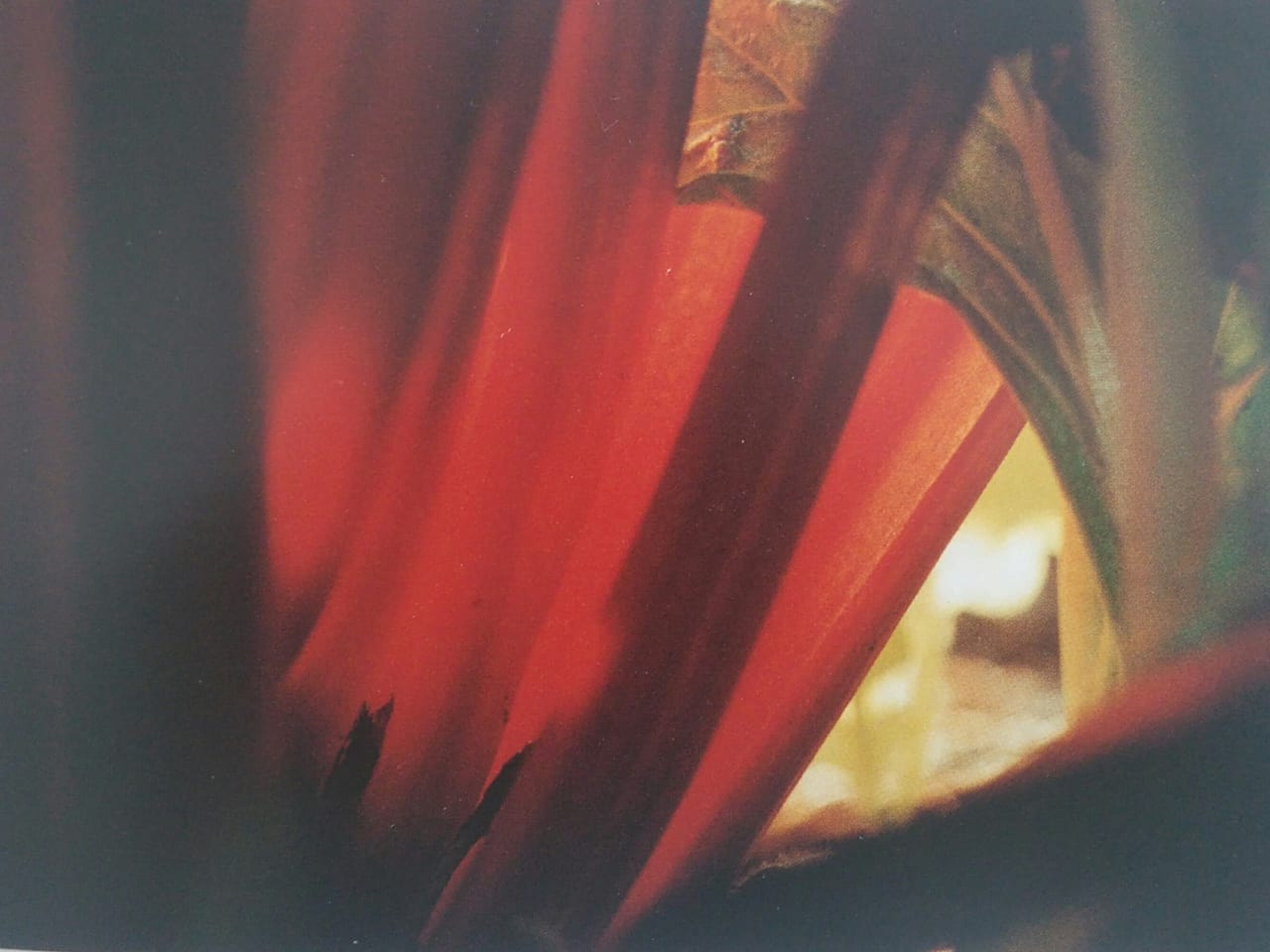
Born in 1931 to a British diplomat and an American artist, Fay Simmonds married publisher Tony Godwin in 1961, and was introduced to the cream of literary London. Already a keen amateur photographer, by the 1970s she had started taking portraits of the writers she met and by the end of the 1980s had shot almost every significant figure of the period – including Philip Larkin, Saul Bellow, Angela Carter, Ted Hughes, Philip Larkin, Doris Lessing, Salman Rushdie, Jean Rhys, and Tom Stoppard. But Fay Godwin was also a keen walker – in fact she led the Ramblers’ Association from 1987 to 1990 – and it was for her landscape photography that she became best known. Informed by a sense of ecological crisis, she shot books such as Rebecca the Lurcher (1973), The Oldest Road: An Exploration of the Ridgeway (1975), and co-authored Remains of Elmet: A Pennine Sequence with the poet Ted Hughes.
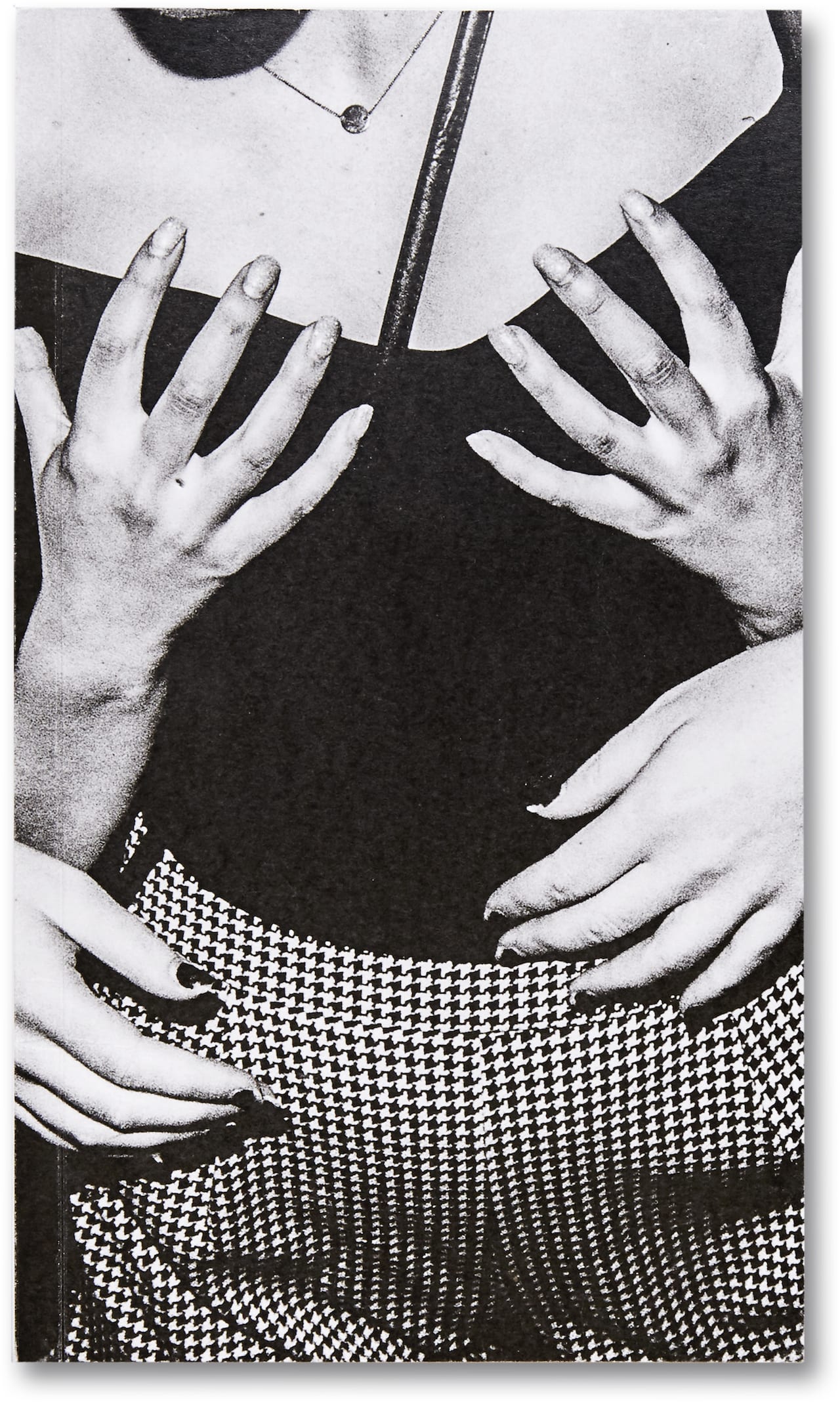
From mass shootings to a family hotel – the shortlist for the 2018 First Book Award is nothing if not eclectic. Set up in 2012 to support emerging talent, the First Book Award is open to previously unpublished photographers who have been nominated by an international panel of experts, and previous winners include Irish photographer Ciarán Óg Arnold, Polish photographer Joanna Piotrowska, and Malagasy photographer Emmanuelle Andrianjafy. The ten shortlisted photographers this year come from all over the world, including Indian photographer Tenzing Dapka, Japanese photographer Hayahisa Tomiyasu, and Australian photographer Lionel Kiernan.
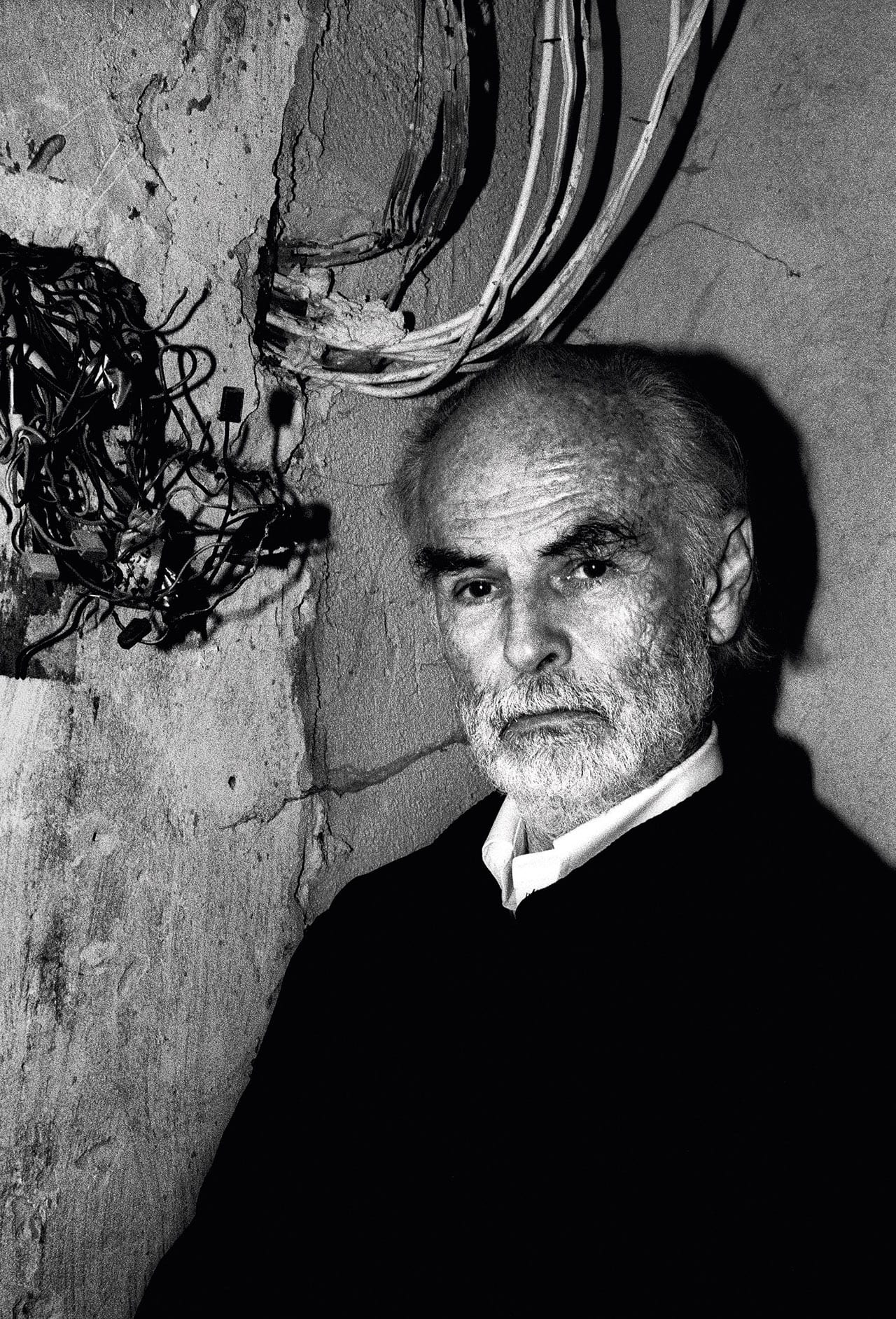
This “photographer’s photographer” is known for his measured understatement and his influential books, such as The Pond (1985) and Berlin in the Time of the Wall (2004). His latest, Looking Up Ben James – A Fable, will soon be published by Steidl, and he’s currently working on his next, The Last Days of Fontainebleau, shot in his hometown, Washington DC
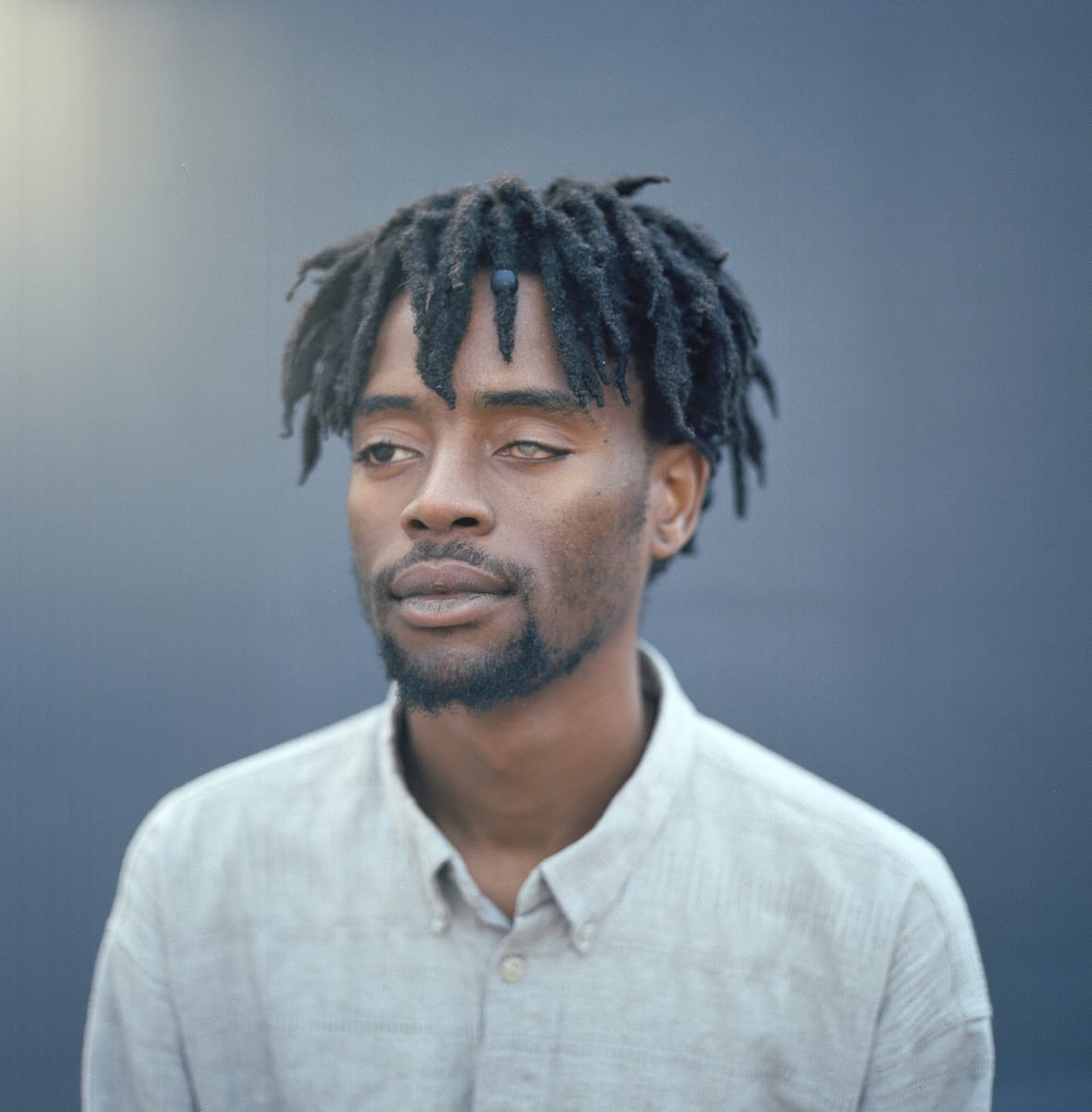
Harry Flook is a Bristol-based writer and photographer, whose photographic work is rooted in his…
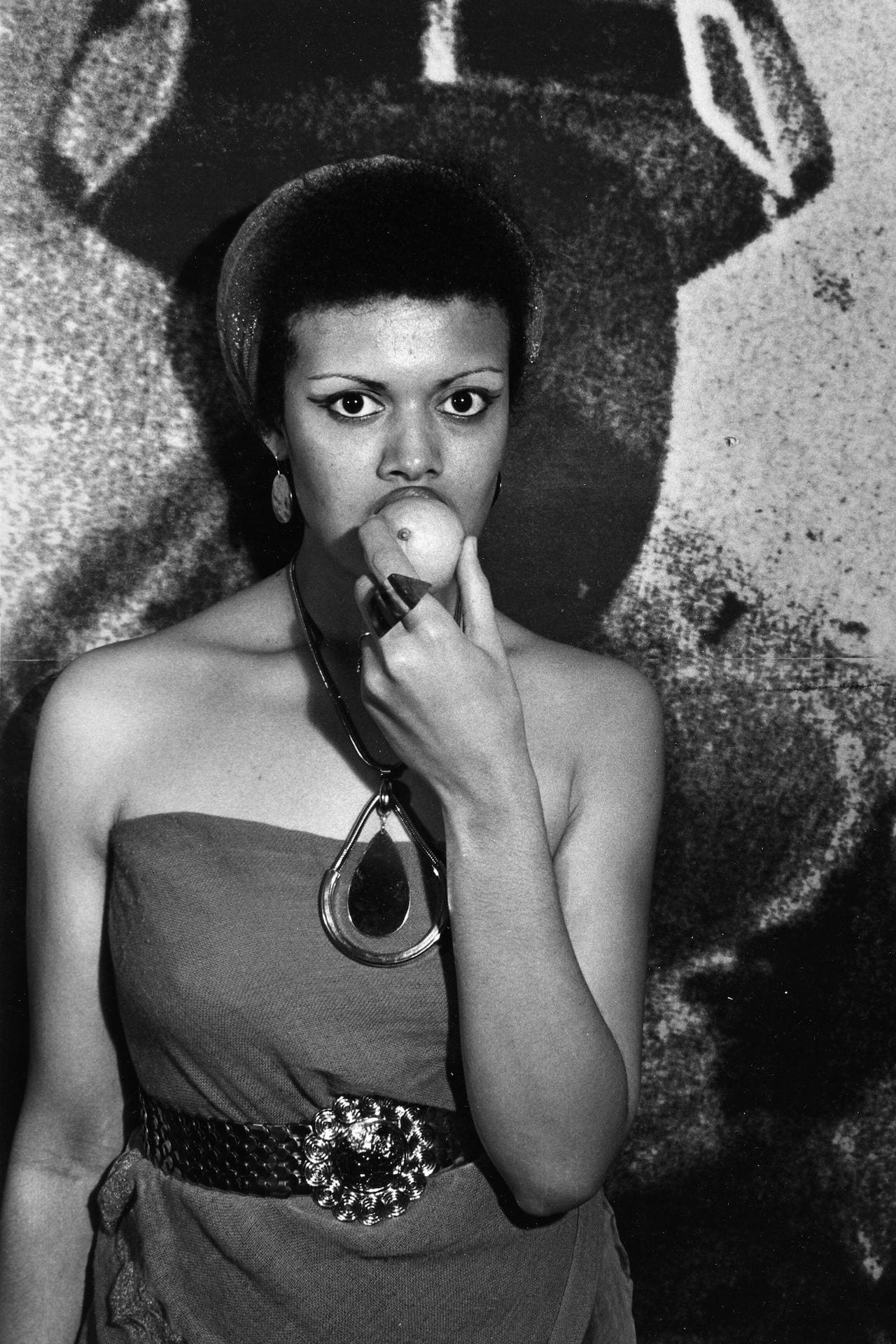
Peppers Hideout, Perv’s House, the High Chaparral, the Patio Lounge, and the Showcase Lounge –…
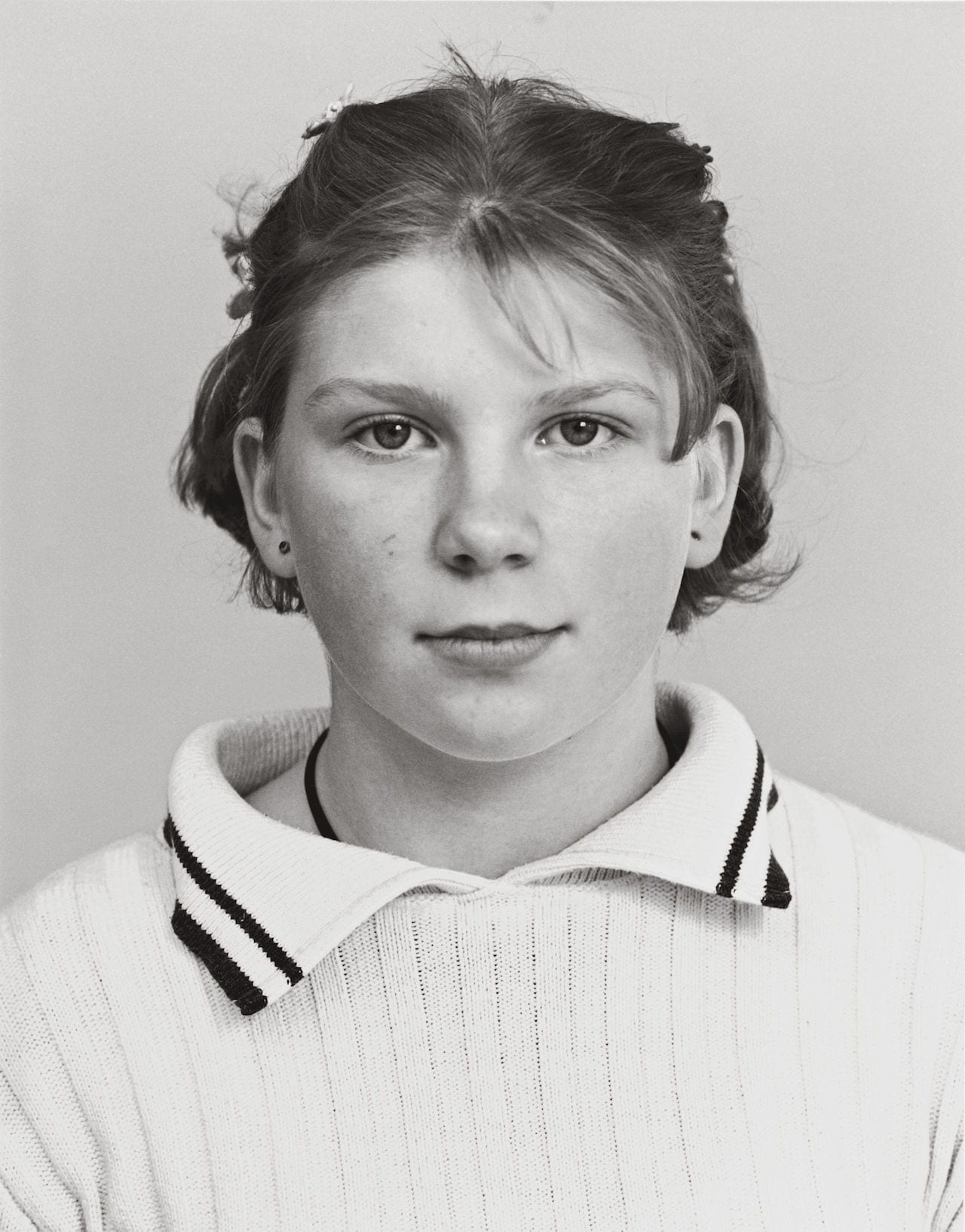
In terms of history and photography, 1938 was a significant year. With Germany’s annexation of Austria, the Munich Agreement, the November Pogrom and the Évian Conference, which addressed the international response to the refugee crisis, it was a decisive point in time, with repercussions that would shape generations to come. It was also the year that six iconic photographers, who would document this shifting world, were born. This spring, the occasion will be honoured with a special celebration at the Sprengel Museum Hannover, titled 1938. Birthday Party with Guests. Initiated to commemorate the 80th anniversary of German photographer Heinrich Riebesehl, whose archive is housed at the museum, the exhibition evolved into a wider historical survey that sketches an international perspective on the second half of the 20th century. Joining Riebesehl are Johan van der Keuken, Josef Koudelka, Boris Mikhailov, Daido Moriyama and Helga Paris. For curator Inka Schube, this wave of artists born in 1938 represents a very particular generation: those who experienced the Second World War as children, too young to remember much more than playing in its rubble but growing up in the world it created.
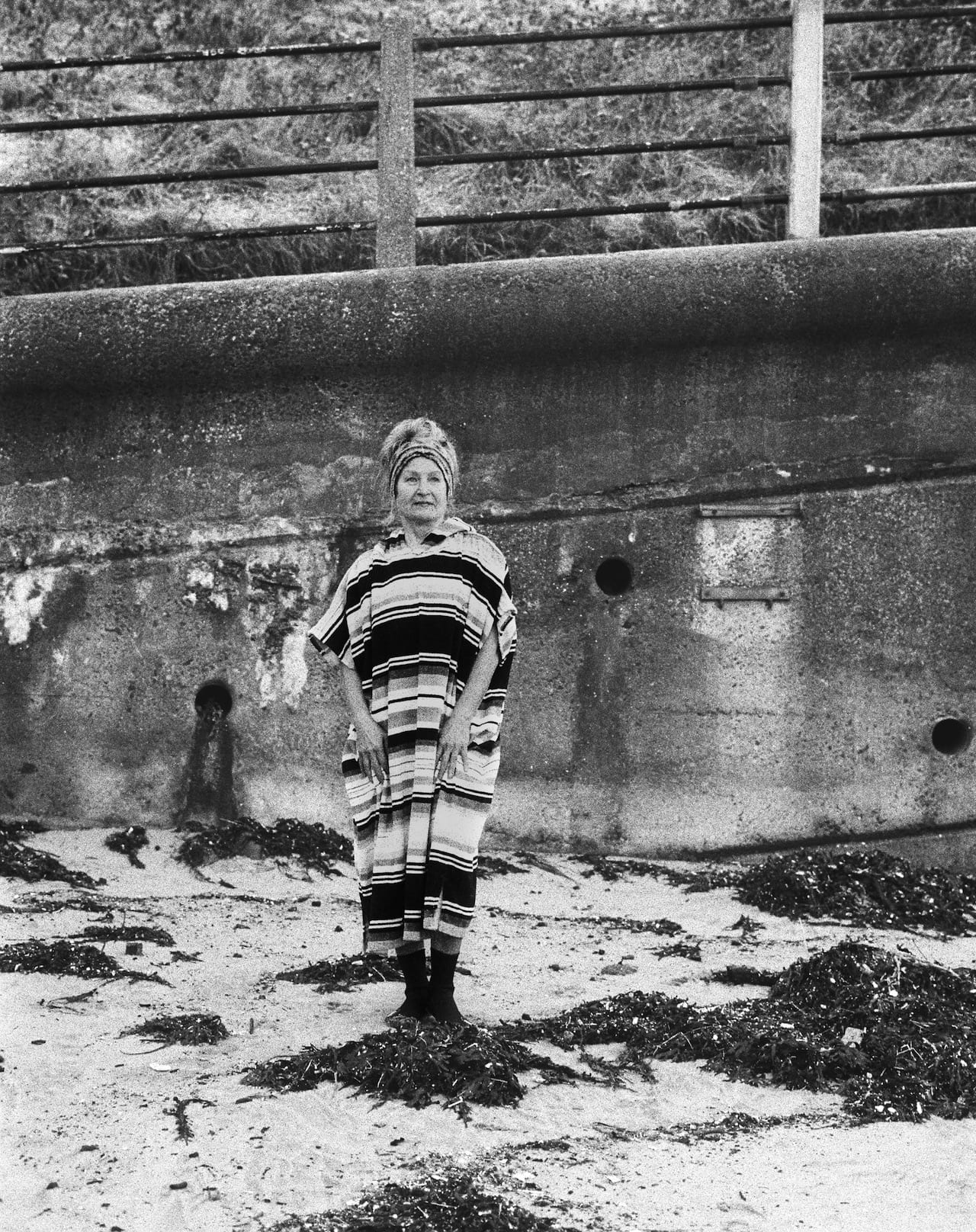
In 1969 the Finnish-born photographer Sirkka-Liisa Konttinen ditched her filmmaking course, moving to Newcastle with a group of idealistic young ex-students to found the Amber collective, and embarking on a series of long-term projects, including her seminal work on Byker, which was inscribed in the Unesco UK Memory of the World Register. Nearly 50 years on, she continues to live and work in the north-east as a member of Amber
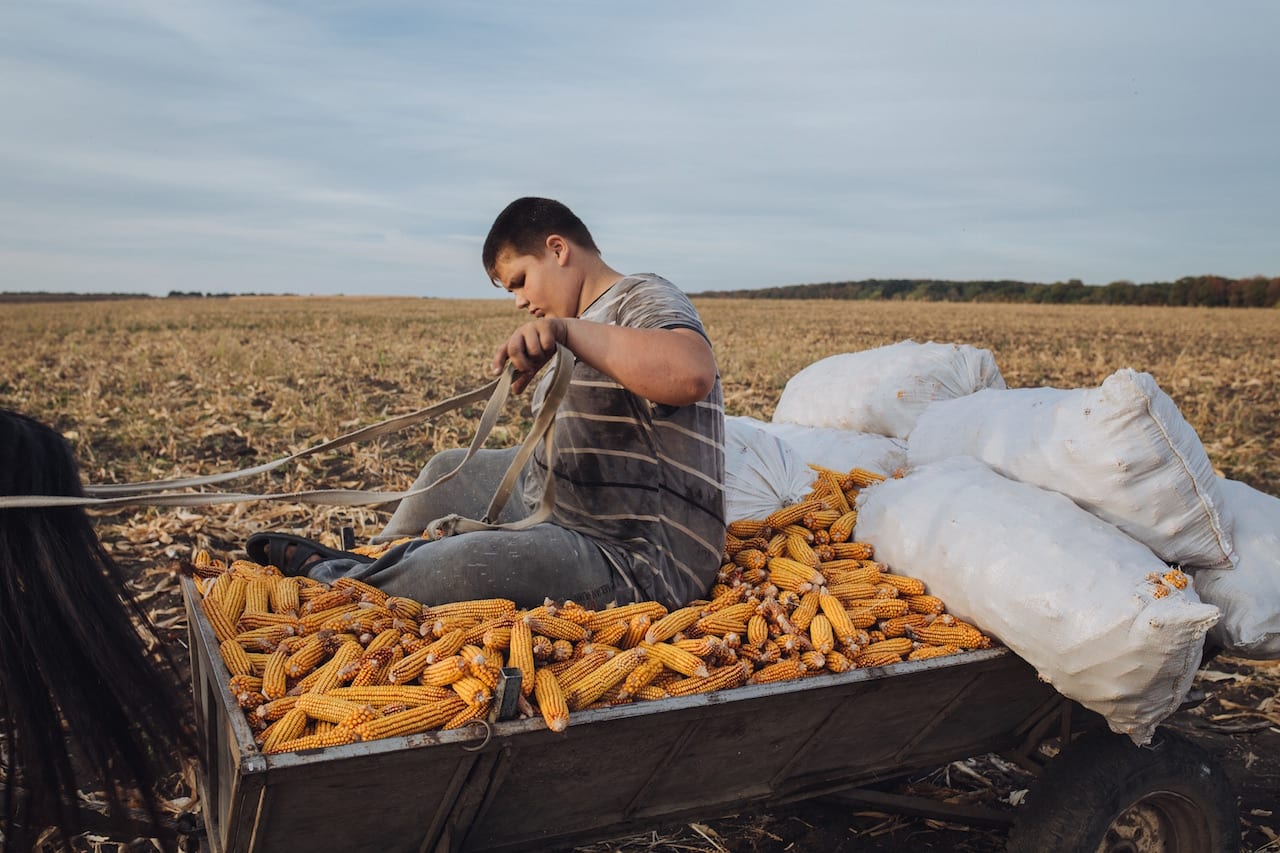
As Moldova proclaimed its independence during the collapse of the Soviet Union, a 400km stretch of territory wedged between its border with Ukraine also declared itself a separate entity. With its own flag, parliament and currency, Transnistria has all the apparatus of being a nation yet it is only officially acknowledged as an independent state by three other republics, all of them also with limited recognition. Born at the same time as this new state, in 1990, Anton Polyakov and Anya Galatonova are first generation Transnistrians whose work is dedicated to visualising life in the region, believing that photography plays a crucial role in affirming their homeland’s identity.